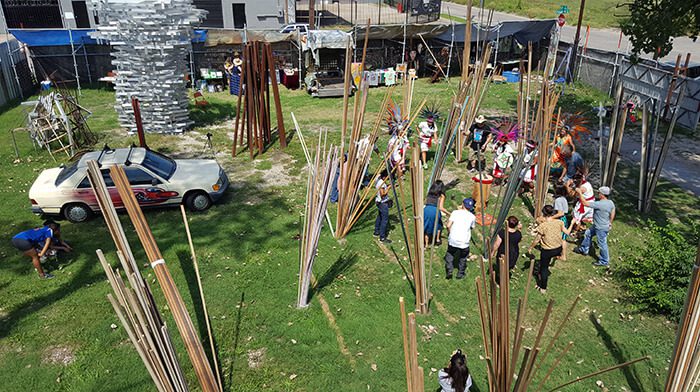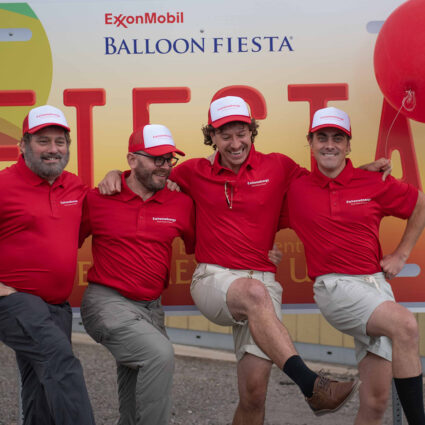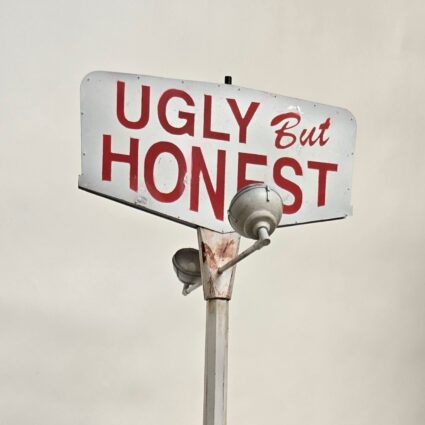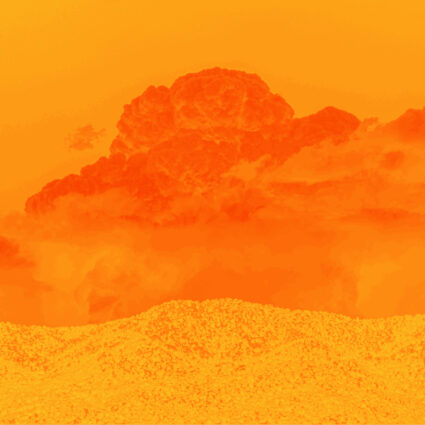Ash Studios is a Dallas community art space inspiring art entrepreneurship and collaborations with the aim of raising awareness of social justice issues and underrepresented artists.
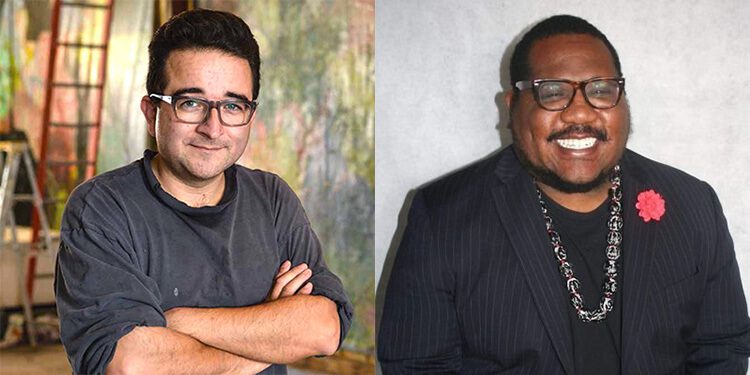
In 2012, Fred Villanueva and Darryl Ratcliff founded Ash Studios, an experimental art space where underrepresented artists could make work, collaborate, exhibit, and perform. Villanueva envisions the Dallas space as “a community for artists that seem to not really belong elsewhere.”
I met with Fred and Darryl at their 22,000-square-foot venue (3203 Ash Lane) near Fair Park on a sunny summer morning and listened to the stories of past events that have undoubtedly made Ash Studios a mainstay in this historic South Dallas neighborhood. From community wall murals and poetry readings to Aztec dancers and Grammy-nominated rappers, Ash Studios has been a beacon for the arts beyond the “arts district.”
Fast-forward to 2021 and the mission of Ash Studios hasn’t changed.
While gentrification, economic inequity, and a worldwide pandemic have provided their challenges, Ash Studios continues to inspire art entrepreneurship and collaborations with the end goal of raising awareness for social justice issues and helping underrepresented artists shine their light.
Collectively, Villanueva and Ratcliff are invested in nearly a dozen creative ventures including Gossypion Investments, Yerba Buena Center for the Arts (YBCA), Rainbow Estates, Project Board Ups, and the Aaron Douglas Project.
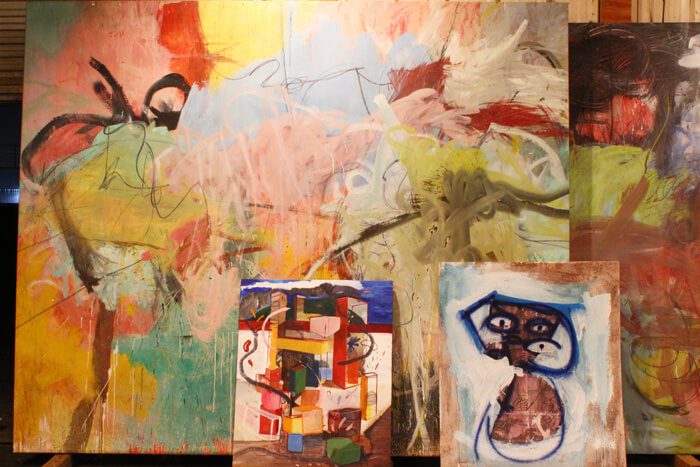
Laura Neal: Was there a particular moment or event that led to the development of Ash Studios?
Darryl Ratcliff: I had experienced a lot of displacement in Dallas. It was like you get somewhere, you kind of make it good [but] once it gets good now there are too many Black and Brown people, so now that’s a problem and you’re out having to find a new space. That kind of cycle happens racially and because of capitalism.
I thought this problem was unique, but Fred had his own story of being in New York and seeing that cycle. An idea of having a space with the opportunity to stand the test of time and be a safe haven was something that was really interesting to me.
Fred Villanueva: I became aware of what a segregated city Dallas was all through the ’80s, ’90s, [and] still, and so what I keep thinking about as far as the art world goes is we were rebelling against that notion of the art gallery system in Dallas as being a segregated world. Things always seemed to get better, but we’ve been having that dialogue about multi-culturalism since the early ’90s and we’re still having that dialogue. We were rebelling against that perception that the arts community is an exclusive club.
Art should be for everybody. It’s about inclusivity.

LN: That response offers a great segue into my next questions: Ash Studios situates itself as a community and collaborative hub. How does this work? Is it an open-door policy or is there scheduled programming and operating hours? How does Ash Studios function?
FV: It’s free-form, hiatus, by request, and basically because of the pandemic and deadlines, things are highly curated.
Right now, the focus is on completing public art projects so a lot of the happenings we used to have are very few and far between. Last summer, we had the Umbrella Project come through.
DR: Last summer and this summer. That was one of the larger community-focused events that facilitated a home for Teresa Nguyen, who founded that project. A dozen folks came in the first round and painted close to fifty umbrellas, which were used in a protest that temporarily shut down Highway 75, and then 200 more [umbrellas] were made.
The project [a peaceful protest for victims of police brutality] traveled to Tulsa, Portland, and Los Angeles and made local and national news.
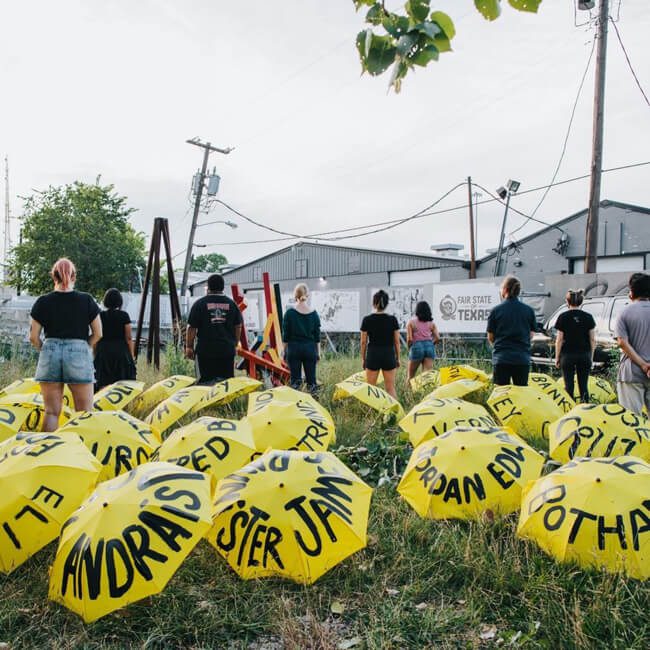
LN: What are some of the biggest highlights and obstacles since starting Ash Studios?
DR: I think it’s really beautiful to see how lives have been impacted by Ash. I’ve seen some folks who’ve had their first art practice here and have gone on to be successful artists. I think it’s beautiful the ripple effects that we’ll never really know. There have been tens of thousands of people who’ve come through this space, thousands of creatives, and to know that it’s meant something to some of them is what keeps me motivated to keep doing the work.
I would say obstacles are always management resources, and resources being time, money, energy.
FV: Yeah, the very “real-world” wake-up-in-the-morning-pay-the-bills type of thing that artists always struggle with. Very real economic problems of being an artist in a studio regardless if your studio is a warehouse or a laptop. How to get beyond those concerns and back into the mode of creativity.
I would say the highlights of Ash Studios would be the mural in Oak Cliff, the largest mural at the height of the pandemic. These are sixteen-foot-high towers. And then the sculpture for Rainbow Estates is hopefully the start of more of the public art sculpture business. But the fact that all of these projects have not just impacted my own practice is also a highlight. So yeah, I’d say we created a springboard and we’re here swimming in the soup of making art.
